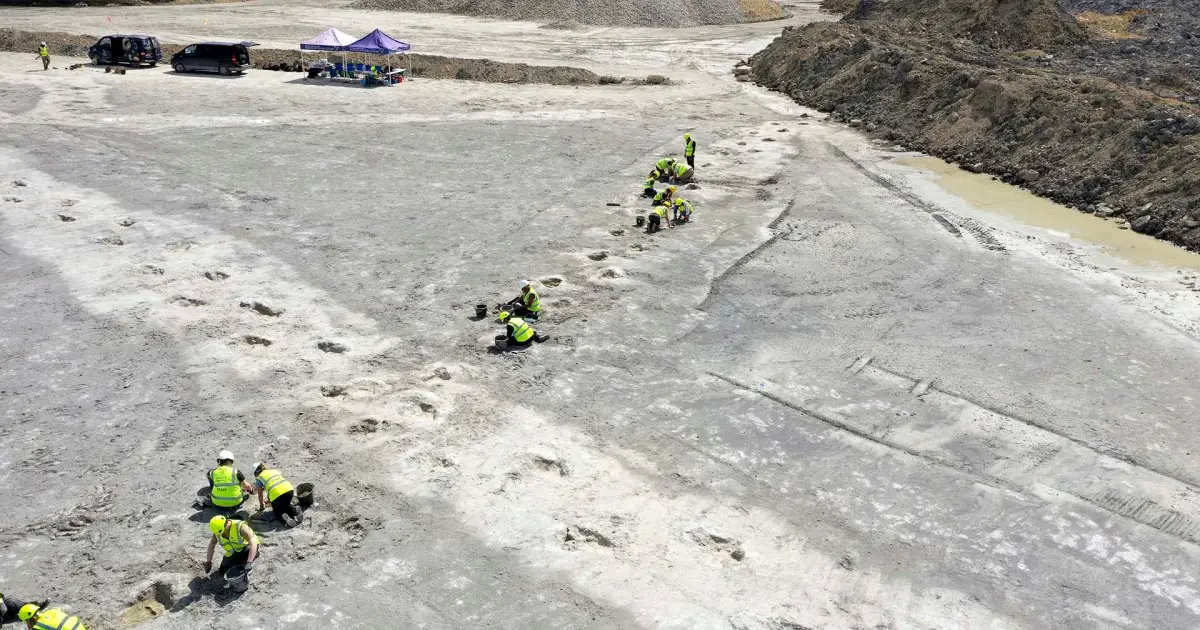
SAO PAULO (AP) — An Indigenous group in Brazil said Wednesday its members detained 12 people for allegedly mining illegally in the Amazon and handed them over to police.
The non-profit Urihi Associação Yanomami said in a statement that the incident took place Tuesday in the northern state of Roraima, which borders Venezuela. The organization said its move was aimed at avoiding the risk of water contamination by mercury in mining.
Brazil’s Indigenous Peoples Ministry confirmed that a dozen alleged miners, including 10 men and two women, were in police custody.
The Yanomami group filmed some of its members carrying bows and shotguns as they took the alleged miners to police. The detainees did not make comments in the video. The Associated Press could not find a spokesperson for them.
The Yanomami community is the Amazon’s largest Indigenous tribe living in relative isolation, and many of its members are contaminated with mercury coming from widespread illegal gold mining, according to Brazil’s top public health institute.
The Yanomami territory, which covers an area the size of Portugal and has a population of 27,000, has endured decades of illegal mining. Its problem with miners significantly expanded during the four-year term of far-right President Jair Bolsonaro, which ended in 2022.
The Yanomami group criticized the administration of President Luiz Inácio Lula da Silva over the continued presence of illegal miners.
Lula has promised to expel gold prospectors from Yanomami territory and improve health conditions, but Indigenous leaders say his administration has yet to deliver.
On April 10, Pope Francis met with a leader of Brazil’s Yanomami people, who asked for papal backing for Lula’s efforts to reverse decades of exploitation of the Amazon and better protect its Indigenous peoples. Francis told Yanomami leader David Kopenawa he would speak with Brazil’s president about the issue.
The Amazon rainforest is a key buffer against climate change, and studies have said that Indigenous-controlled forests are the best-preserved in the region.






